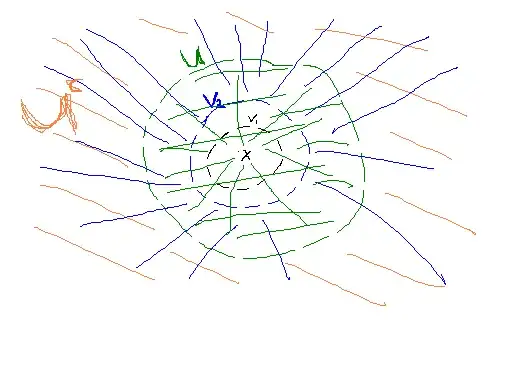I have two questions regarding this spaces:
First Question: Suppose $(X,\tau)$ is T3. Does it implies that for every open set $U \subset X$ and for every $x \in U$ there exist an open set $V$, s.t. $x \in V \subseteq U$ and $V \subseteq \overline{V} \subseteq U$?
It seems to me that this is true since:
Take $U$ open and $x \in U$. Then $U^c$ is closed. $X$ is T3 so there are two open disjoint sets $V_1,V_2$ s.t. $x \in V_1$ , $U^c \subset V_2$. So $V_1$ is the set we are looking for. since $\overline{V_1} \subseteq {V_2}^c \subseteq U$ 
Am I right?
Second question: I am looking for an example for a space which is T3 but not T0,T1,T2. I have looked in "Counter examples in topology" examp. 90, but I don't know what Tychonoff Corkskrew is..
Thank you!! Shir